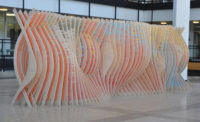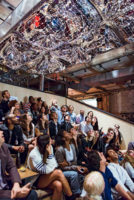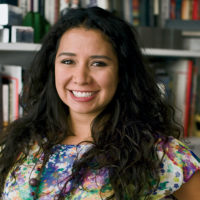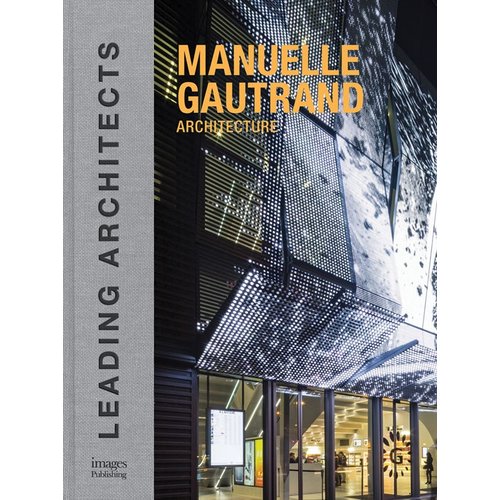Context matters to Al Borde, perhaps to an extreme: for a house embedded in the side of a volcano, the Ecuadorian architecture firm conducted a traditional ceremony to ask the mountain permission to build there; they've also constructed a one-room schoolhouse from materials found on-site, with a budget less than the cost of a kitchen sink.
This four-member firm'David Barrag'n, Pascual Gangotena, Marialuisa Borja, and Esteban Benavides'takes a homespun approach to design, creating community-oriented structures in a manner that is profoundly populist and devoid of fixed dogmas. It is fitting, then, that Al Borde is Spanish for 'at the edge.'
'If you are in your comfort zone, you will never try something different or know your limits,' says Barrag'n.
Barrag'n, Gangotena, Borja, and Benavides met at Pontifica Universidad Cat'lica del Ecuador, in Quito. They noticed that while there was plenty taught about the architectural legacy of the U.S., Europe, and Japan, Latin America was disappointingly underrepresented. They also were acutely aware of Ecuador's tumultuous political and economic past: a severe financial crisis in 1999 and a subsequent coup d''tat left the country in upheaval, the impact of which is still felt today. The four architects thought there was little use in ignoring those circumstances; perhaps they could create an architecture for everyone.
'In order for architecture to be the link between our society and the world we live in,' they note, 'we have to open ourselves to society and especially to its problems.'
Al Borde's first project after the firm's formation in 2007 was the volcano house, Casa Entre Muros (House Between Walls), a low-slung adobe building for a private client. Soon after, the firm began taking on community-oriented work. A 2012 project, for instance, commissioned by the Ministry of Heritage, called Vagon de Saber'the Knowledge Train'transformed an old boxcar into a mobile center for culture. Other projects have included a pavilion for traditional Ecuadorian performance, and a movie theater.
Perhaps the project that most typifies Al Borde's design ethos is its Esperanza, or Hope, series in Manabi, a coastal village in rural Ecuador. In 2009, they were asked by a local teacher to design a one-room schoolhouse and community center. Relying on traditional construction techniques and materials, including palm branches and wood, and enlisting the community to help, they executed the project with a budget of $200. Two years later, they completed an extension there for $700, Esperanza Dos. In 2013, they embarked on Ultima Esperanza'Last Hope'a program to teach villagers to be their own architects. This humble project was a finalist for the London Design Museum's 2015 Architecture Design of the Year awards, alongside projects by Frank Gehry and Herzog & de Meuron.
In spite of their recent success, Al Borde's brand of work is tough for the firm financially. Barrag'n admits, 'We never know at the end of the month if we will have a salary.' But they have sustained themselves with commissions, grants, and teaching. In October, they will unveil an exhibition-based project at the Chicago Architecture Biennial.
'We like to have a debate about what we are doing and why,' says Barrag'n. 'Maybe our next project will be completely the opposite of what we're designing today.'
























Post a comment to this article
Report Abusive Comment